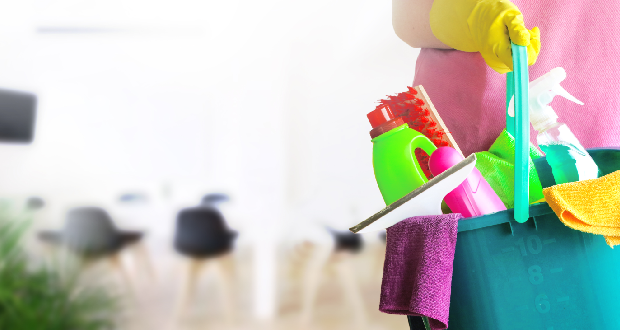
No products available in cart, click 'Go to Products Page' to add products
Go To Products PageA clean and hygienic classroom environment is paramount for creating a good learning space for students. An unclean classroom affects the health and well-being of students and teachers through the spread of germs and bacteria, potentially causing illnesses and absences.
To prevent this, adhere to a daily, weekly, and monthly classroom cleaning checklist and use only the right cleaning products to maintain unparalleled cleanliness, leading to a hygienic learning experience.
Here’s a classroom cleaning checklist that helps understand what you may need to do on a daily basis, and what could be done just weekly or monthly. We’ve also added useful recommendations for products essential for keeping your classrooms clean, safe, and hygienic for students and teachers.
You’ll need these classroom cleaning products to keep the germs and diseases at bay throughout the school year.
**Educators can add value to their cleaning and janitorial expenses and build trust and confidence among students and teachers by purchasing cleaning products in bulk from Reckitt Pro Solutions**
Maintaining a clean classroom is crucial for the health and safety of students and teachers alike.
Sticking to a fixed classroom cleaning checklist and using the above cleaning products ensure that the classroom remains clean, hygienic, and fresh-smelling and also promotes a positive and welcoming atmosphere for effective learning throughout the year.
Setting up cleaning procedures and educating students about good hygiene habits, making them aware of germs, bacteria, and viruses is the most effective way to promote cleanliness in the classroom and in schools.
A classroom cleaning checklist can be customized to meet the specific needs of individual classrooms by considering factors such as:
Common mistakes to avoid when cleaning a classroom include:
Reckitt Pro Solutions represent a well-diversified portfolio of leading global brands for businesses like you to clean effectively and efficiently.






